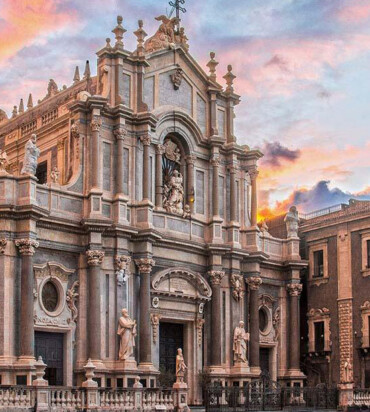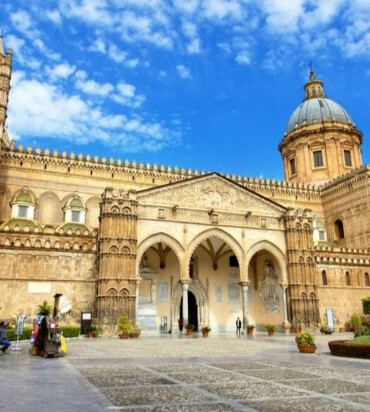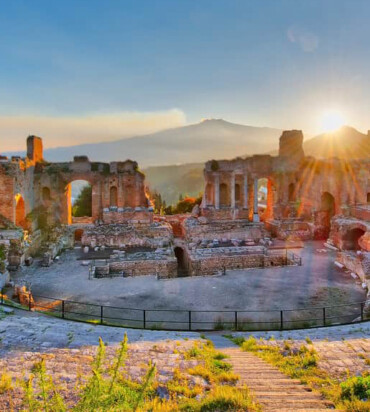Syracuse and Ortigia excursion
€189,99 – €809,99
In Syracuse, the archaeological excavations carried out in the mid-twentieth century brought the theater back to the conditions in which it is today, making it the epicenter of the Archaeological Park of Neapolis, an area of 35 hectares that preserves the most important ancient monuments of the neighborhood, in the heart of Syracuse modern, within an extraordinary and homogeneous environmental context. The arrangement of the area follows an idea of the tyrant Dionysius I who in 405 BC wanted to transform the Neapolis district into a monumental area, capable of enclosing many of the architectural testimonies of the classical city. The Archaeological Park of Neapolis, in addition to the Greek Theater of Syracuse, includes the Ear of Dionysus from which the path of the large urban quarries starts from which, on the edge of the ancient city, the stone materials for monumental buildings were extracted. In Ortigia Terra delle Quaglie, refuge for seagulls, quiet harbor or more simply “the rock”, as it is called by its inhabitants, the island of Ortigia has taken on different names and colors over the centuries, which always leave its identity as a place intended for reception. The sea and the Scirocco, which in their millenary processes have outlined its profile, have marked the fate of this strip of Sicily halfway between East and West, between Carthage and Rome, pushing the Greek and Christian ships into the arms of its port. And that is why, walking through its labyrinthine alleys and crossing its countless squares, it is possible to live a unique experience and breathe all the scent of the Mediterranean. Discovering the island of Ortigia means coming into contact with different cultures, but above all getting to know Sicily in its most intimate aspects. Palaces, courtyards, churches and convents give way to temples, castles and fountains, composing a skilfully sewn mosaic in white stone, whose precious tiles shine in the sun.











